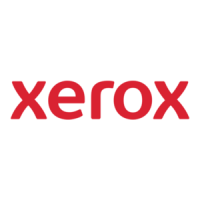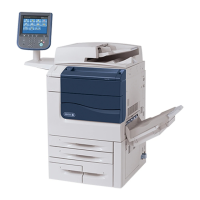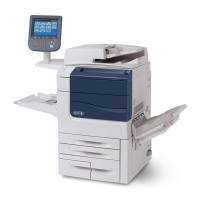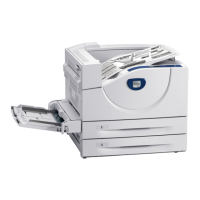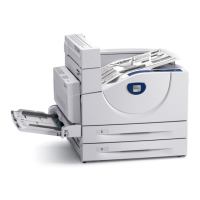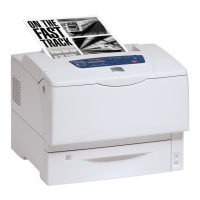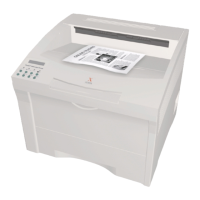The
XPSD
instruction'
is
used for
three
distinct
types
of
operations:
as a norma I instruction in an ongoing program;
as
an
interrupt
instruction;
and
as a
trap
instruction.
Control bits used
in
the
XPSD
instructions
are:
Bit
Position
8
9
10
Designation
LP
AI
AT
Control
Function
Load
pointer
control
Where used
All XPSDs
Address
Increment
Trap
XPSD
Address i ng
type
A I I X
PS
Ds
The
effective
address
of
an
XPSD instruction
is
generated
in
one
of
the
following ways:
XPSD
(normal instruction)
When
an
XPSD
instruction
is
encountered
in
the
course
of
execution
of
normal programs,
the
AT
(bit 10)
of
the
in-
struction
determines
the
type
of
addressing
to
be used.
If
AT
=
0,
the
reference
address
is
20 bits
(12-31).
Index-
ing
is
not
allowed.
Indirect
addressing
is
allowed
with
the
same constraints as
the
reference
address. Addressing
is
always
real,
independent
of
the
current
PSWs.
If
AT
= 1,
the
reference
address is
17
bits
(15-31).
Address
calculations
are
according
to
standard
addressing rules as
determined
by
the
current
PSWs. Indexing and
indirect
ad-
dressing
are
allowed.
XPSD
(interrupt
instruction)
An
XPSD
instruction (in
an
interrupt
location)
executed
as
a result
of
an
interrupt
is
called
an
interrupt
instruction.
The
type
of
addressing
to
be used
is
determined
by
the
basic
processor mode and
the
AT
(bit 10)
of
the
instruction.
In
the
extended
addressing mode (MA = 1 and
MM
=
0),
the
AT
bit
is
used
to
determine
the
type
of
addressing to be
used.
If
AT
=
0,
the
reference
address is 20 bits {12-31}.
Indexing
is
not
allowed.
Indirectaddressing
is
allowed
with
the
same constraints as
the
reference
address. Addressing
is
always
real,
independent
of
the
current
PSWs.
If
AT
= 1,
the
reference
address
is
17 bits
(15-31).
Address
calcula-
tions
are
according
to
standard addressing rules as
deter-
mined by
the
current
PSWs.
Indexing and
indirect
addressing
are
allowed.
When
the
addressing mode
is
not
extended
addressing,
the
reference
address
is
20 bits
(l2-31).
If
AT
=
0,
indexing·
is
not
allowed.
Indirect
addressing is
allowed
with
the
same constraints as
the
reference
address. Addressing
is
always
real,
independent
of
the
current
PSWs.
If
AT
= 1,
the
20-bit
reference
address is
subject
to
PSWs
bit
9,
as
is
the
contents
of
the
indirect
address if
indirect
is
specified.
XPSD
(trap instruction)
An
XPSD
instruction (in a
trap
location)
executed
as a
result
of
a
trap
entry
operation
is
called
a
trap
instruction.
Ad-
dressing
is
the
same as for
the
interrupt
XPSD
(see
above).
The fol lowing
additional
operations
are
performed on
the
new
program status words
if,
and
only
if I
the
XPSD
is
being
executed
as
the
result
of
a
nonallowed
operation
(trap
to
location
X'40')
or a CALL instruction
(trap
to
location
X'48',
X'49',
X'4A',
or X'4B'):
1.
Nonal
lowed
operations
-
the
fol lowing
additional
func-
tions
are
performed when
XPSD
is
being
executed
as
a
result
of
a
trap
to
location
X'40':
a.
Nonexistent
instruction - if
the
reason for
the
trap
condition
is
an
attempt
to
execute
a
nonexistent
instruction,
bit
position Oof
the
new program status
words
(CC
1)
is
set
to
1.
Then,
if
bit
9 (AI)
of
XPSD
is
a 1,
bit
positions 15-31
of
the
new
pro-
gram status words
(next
instruction address)
are
incremented
by
8.
b.
Nonexistent
memory address - if
the
reason for
the
trap
condition
is
an
attempt
to
access
or
write
into
a
nonexistent
memory
region,
bit
position 1
of
the
new program status words (CC2) is
set
to
1.
Then,
if
bit
9
of
XPSD
is
a
1,
the
instruction address
por-
tion
of
the
new program status words is
in
cremented
by
4.
c.
Privileged instruction
violation
- if
the
reason for
the
trap
condition
is
an
attempt
to
execute
a
priv-
ileged
instruction
while
the
basic
processor is in
the
slave
mode,
bit
position 2
of
the
new program
status words (CC3) is
set
to
1.
Then,
if
bit
posi-
tion
Oof
XPSD
is
1,
the
instruction address portion
of
the
new program
status
words is
incremented
by 2.
d.
Memory
protection
violation
-
ifthe
reason for
the
trap
condition
is
an
attempt
to
read
from
or
write
into
a memory region
to
which
the
program does
not
have
proper
access,
bit
position 3
of
the
new
program status words (CC4) is
set
to
1.
Then,
if
bit
9
of
XPSD
is a 1,
the
instruction address
por-
tion
of
the
new program status words is
incremented
by
1.
There
are
certain
circumstances under which two
of
the
above
nonal lowed
operations
can
occur
simultaneously. The following
operation
codes
(including
their
counterparts)
are
considered to
be
both
nonexistent
and
privileged:
X'QC'
and
X'OD'.
If
either
of
these
operation
codes is used
as
an
in-
struction
while
the
basi c processor is in
the
slave
or
master-protected
mode,
CC
1
and
CC3
are
both
set
to
l's;
if
bit
9
of
XPSD
is
a 1,
the
instruction
address portion
of
the
new program status words
is
incremented
by 10.
If
an
attempt
is
made
to
access
or
write
into a memory region
that
is
both
nonexist-
ent
and
prohibited
to
the
program by means
of
the
Control Instructions
111
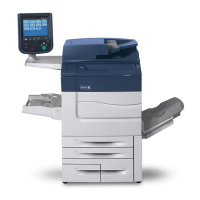
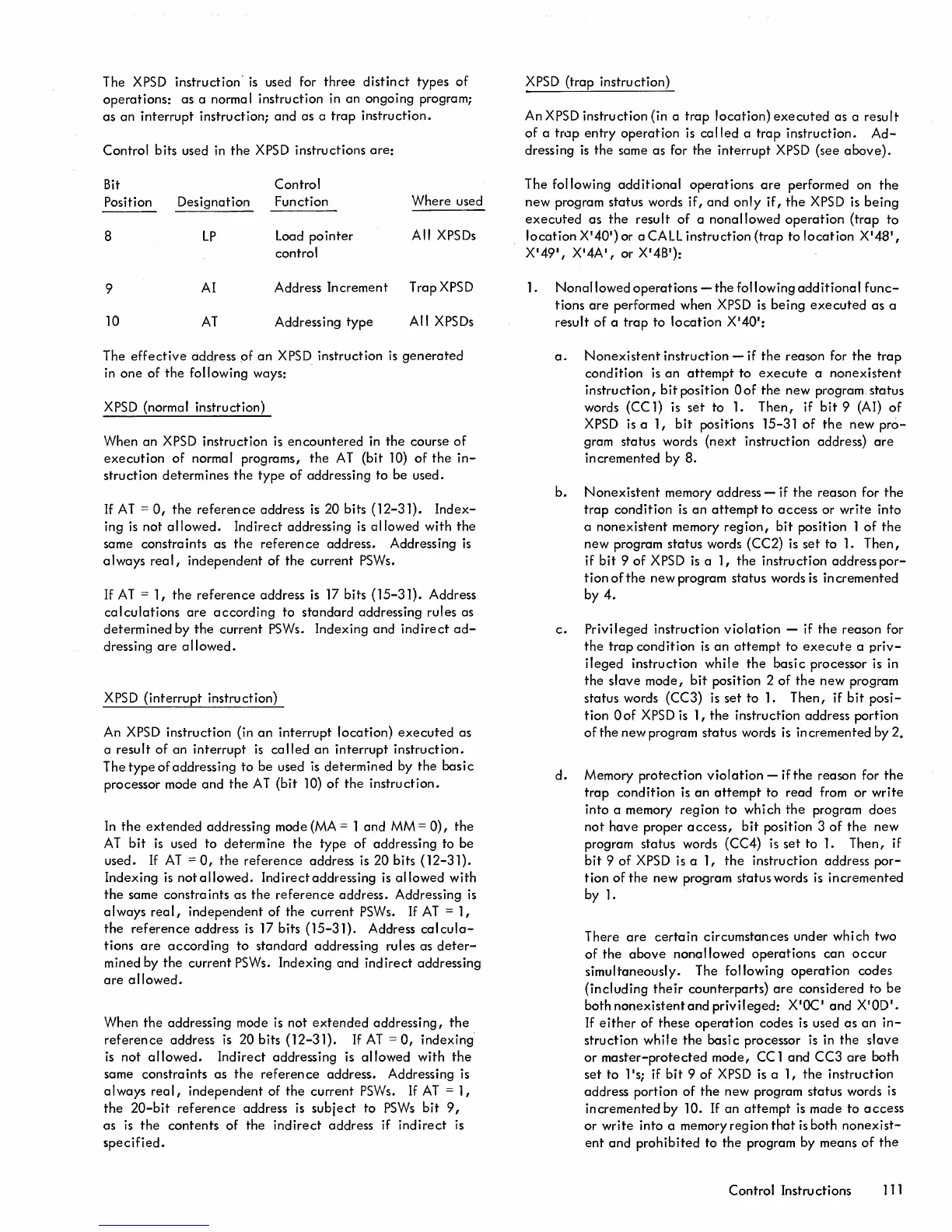